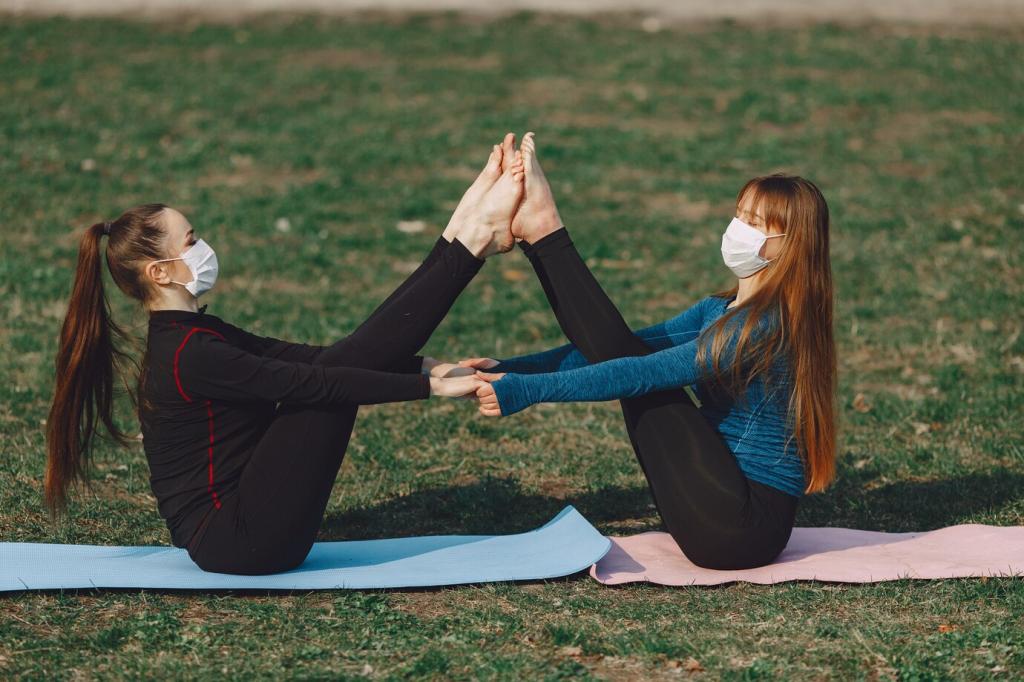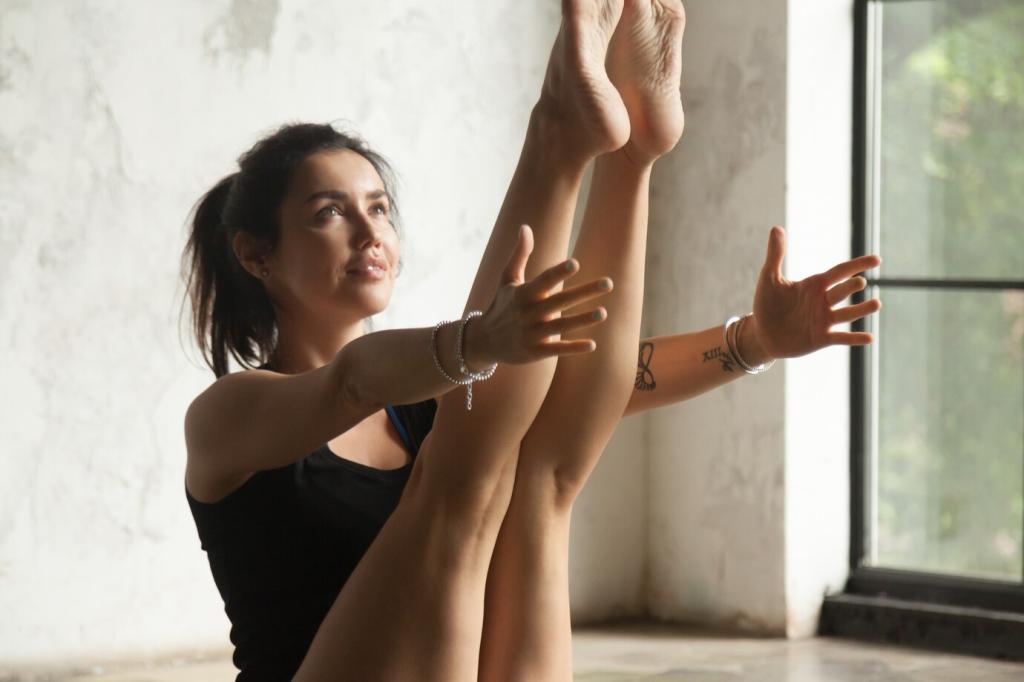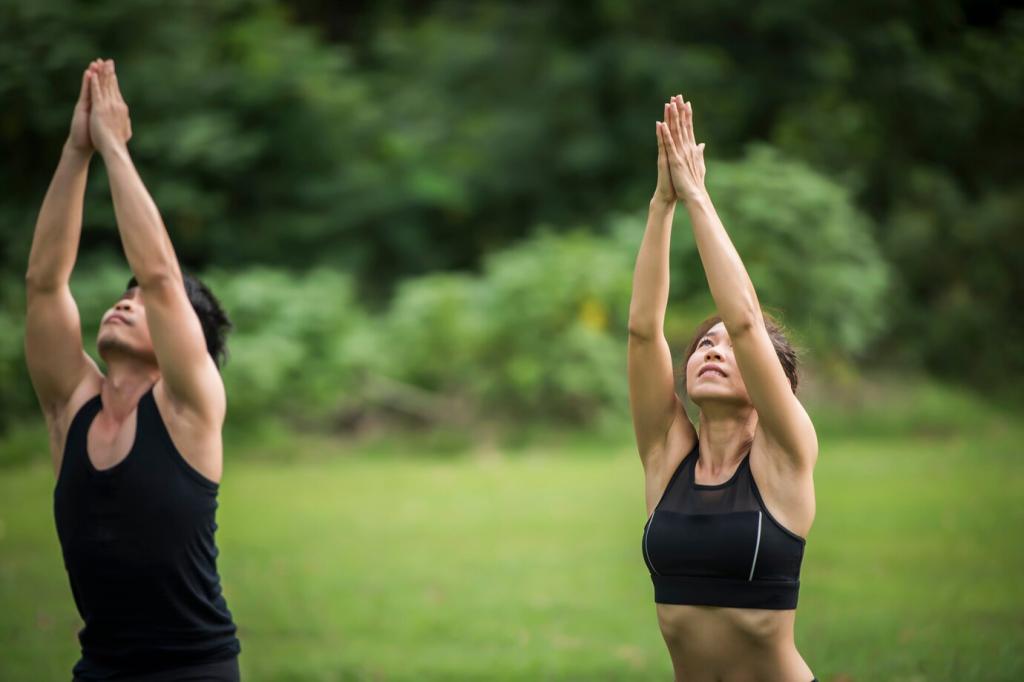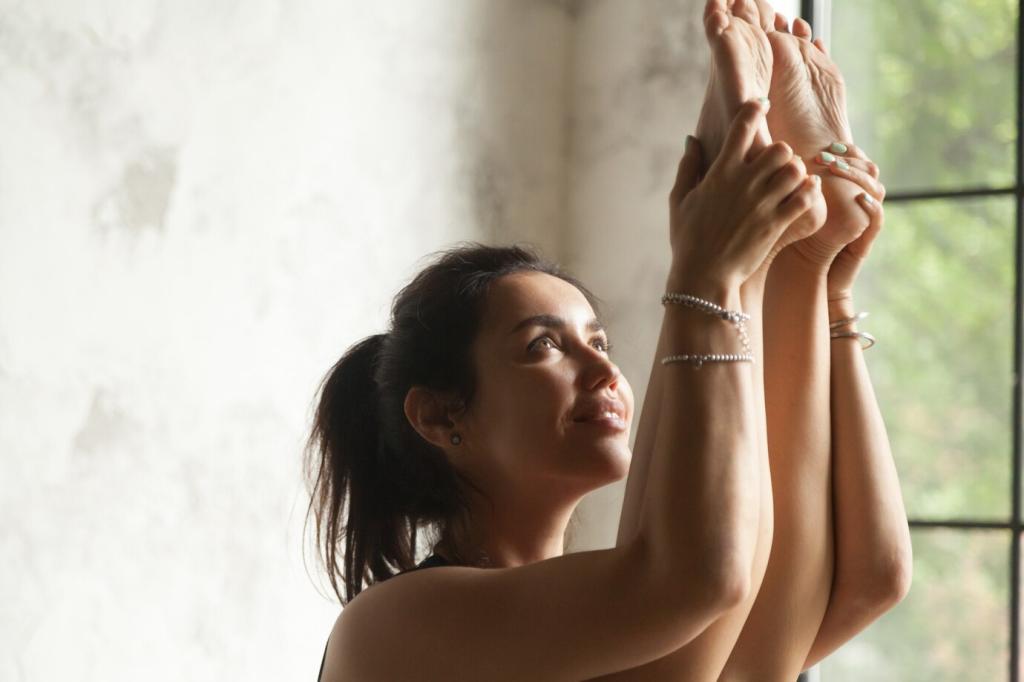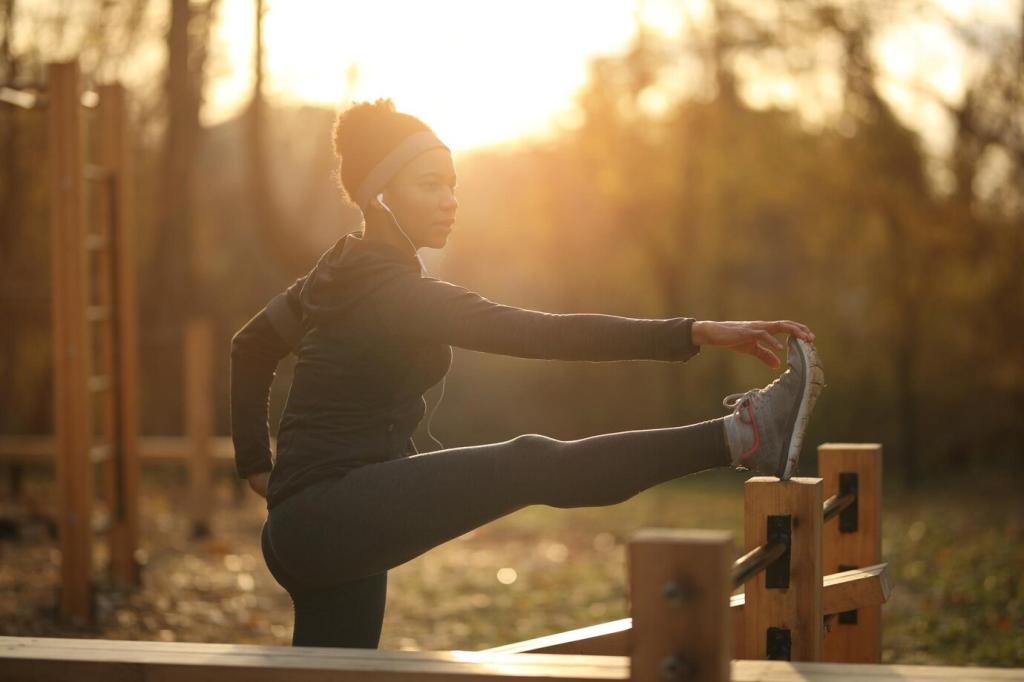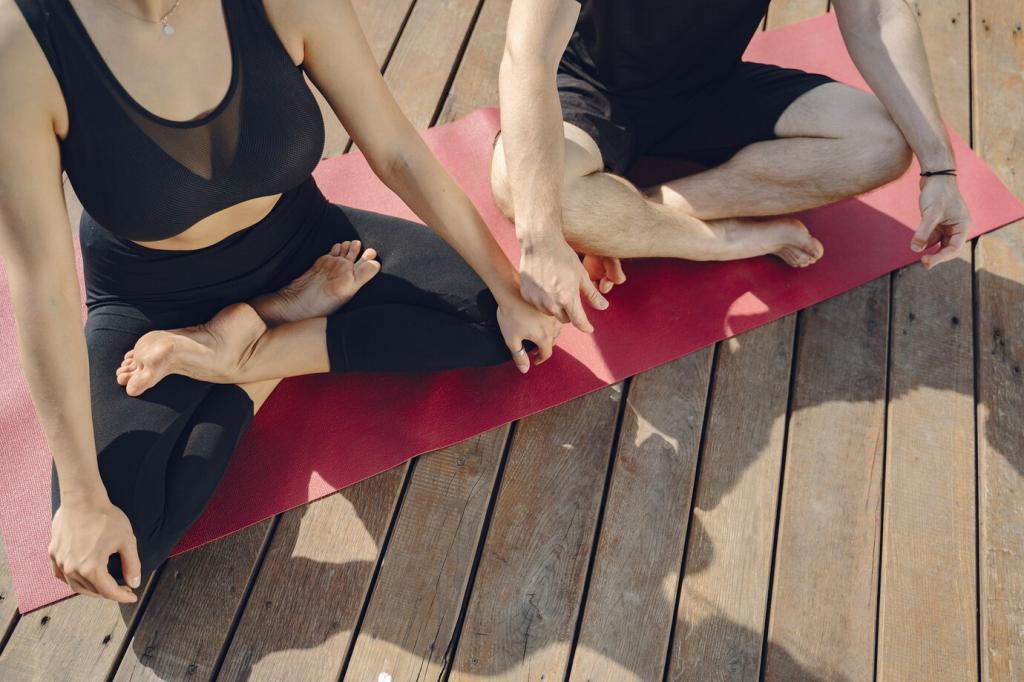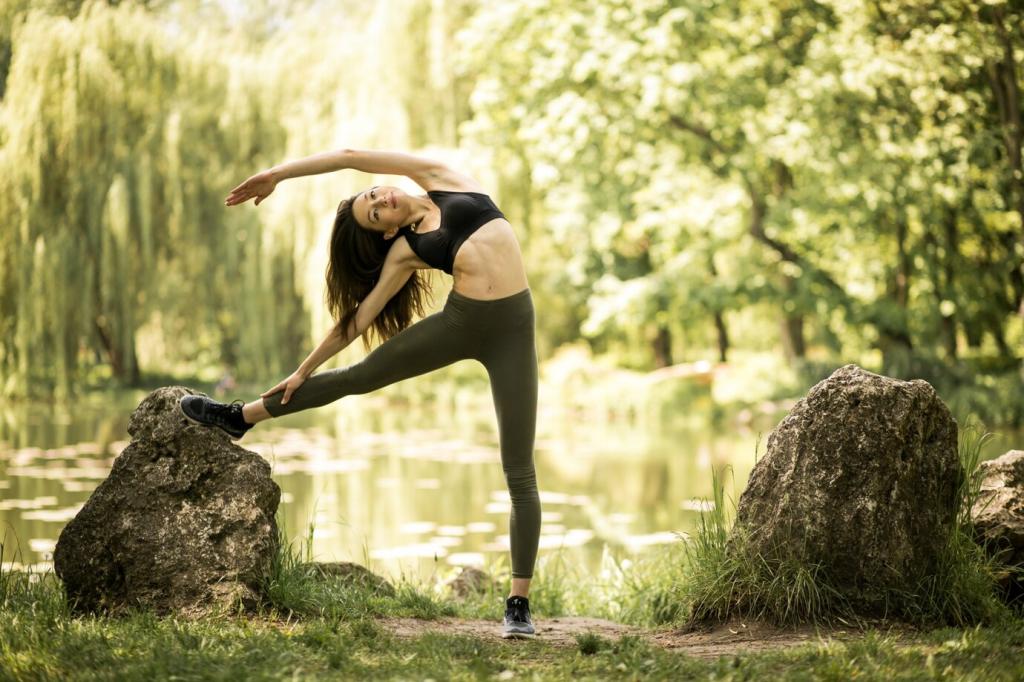From Mat to Rack: Core Stability That Transfers
Planks, dead bugs, and controlled boat pose teach the trunk to resist extension and twisting. Pair them with loaded carries and single-arm presses to cement that control, producing a more efficient squat descent and a sturdier overhead lockout.
From Mat to Rack: Core Stability That Transfers
Warrior III and half-moon cultivate single-leg balance and hip control. Translate that stability into split squats and step-ups, where improved pelvic alignment reduces wobble and helps the working leg produce force cleanly without compensations from the lower back.
From Mat to Rack: Core Stability That Transfers
A reader struggled with knee valgus in split squats. Two weeks of daily airplane pose holds plus light suitcase carries retrained balance and glute activation. Result: smoother reps, better knee tracking, and a confident return to progressive loading.

